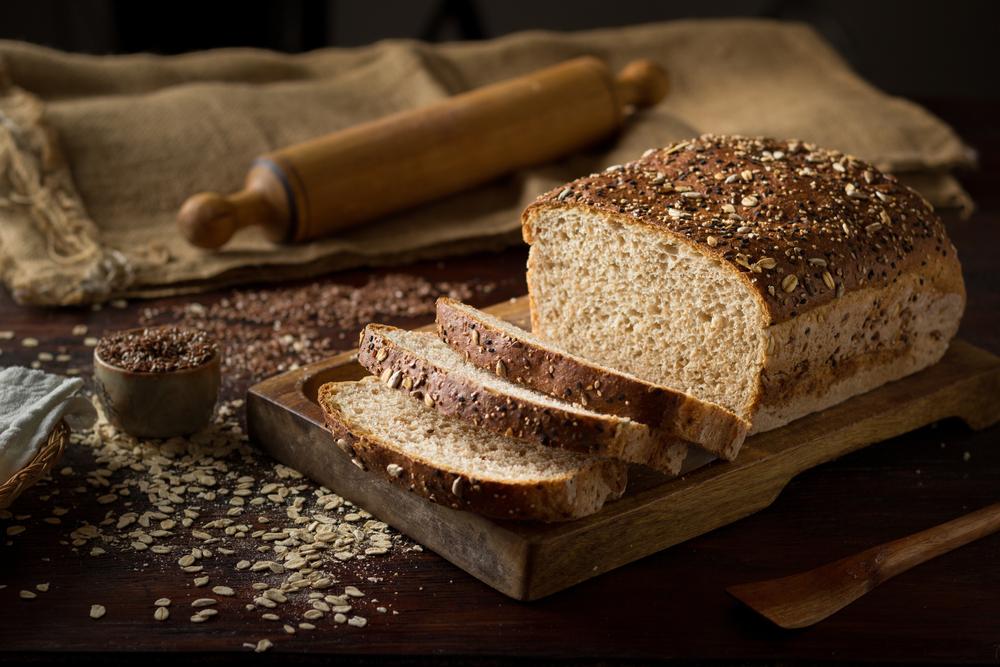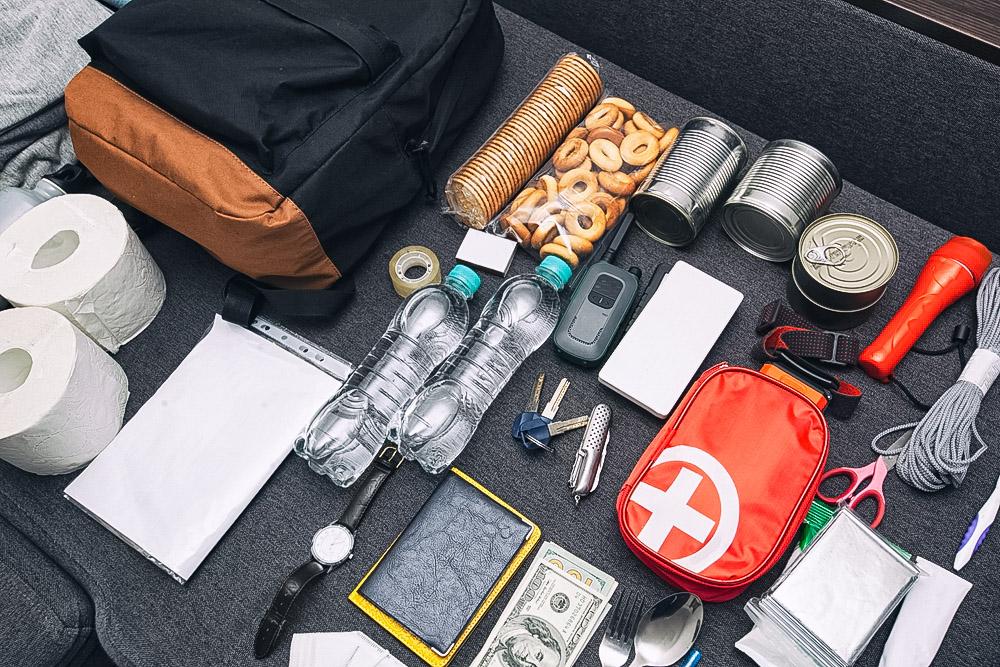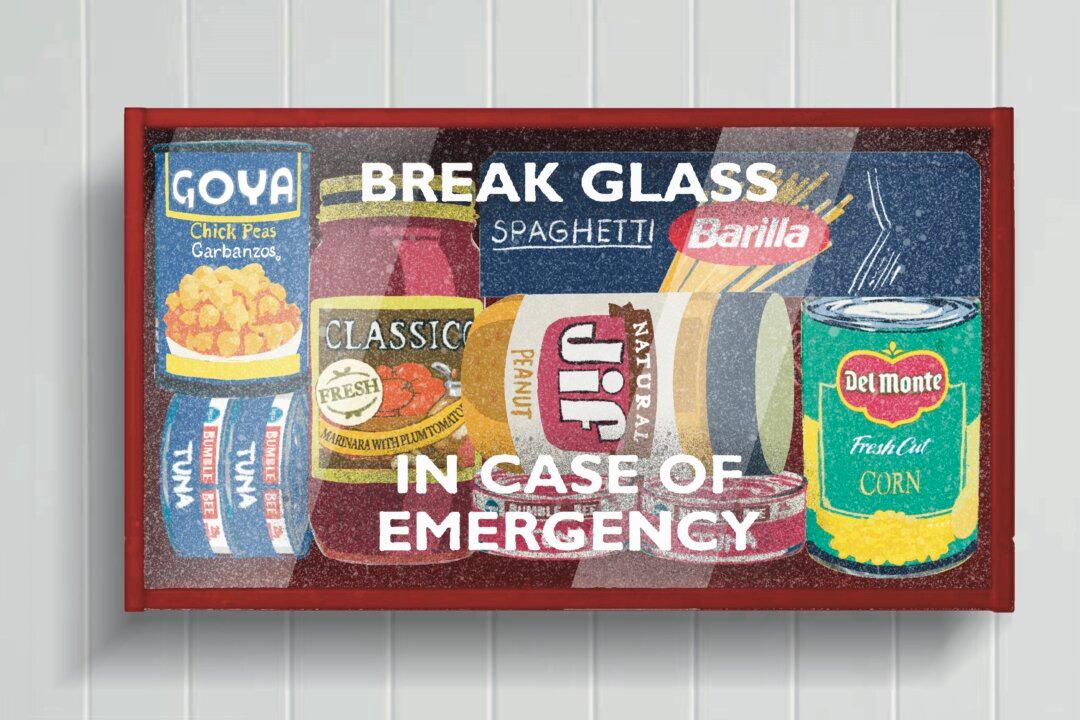During the long decade of the Great Depression, individuals and families demonstrated remarkable creativity in finding new ways to survive, thrive, and overcome their challenges. There was no end to their ingenious solutions for earning money, saving money, and maintaining a spirit of courage and positive thinking.
I first became fascinated with this era when, one day, my mother casually mentioned, “When I was a little girl and wanted a snack, my mom would give me a piece of lettuce with a sprinkling of sugar.”





